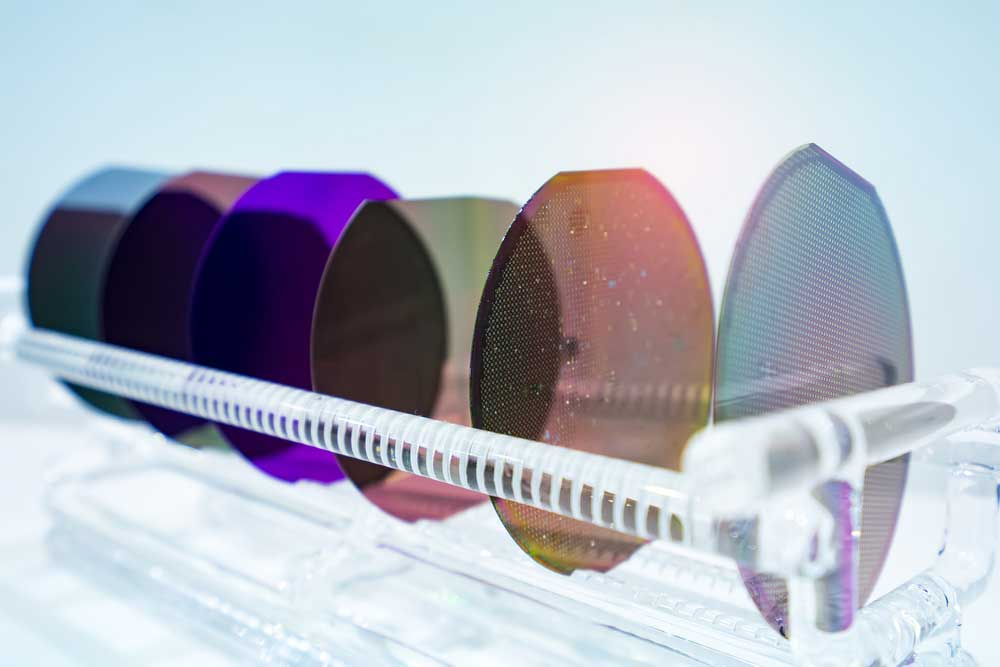

Now, let’s talk about the different types of IC substrates.
IC substrates come in a variety of types, divided into three major categories: packaging/type, bonding technology, and material properties/characteristics. Additionally, they can be categorized into different application fields.
Classification by packaging type includes the following:
1. Ball Grid Array (BGA) IC substrates: These substrates are suitable for IC packaging with a large number of pins (>300). Essentially, their excellent electrical performance and thermal dissipation can be attributed to their grid arrangement of solder balls.
2. Chip Scale Package (CSP) IC substrates: This type of substrate is miniaturized and thin, making it suitable for small-outline single-chip packaging with a small number of pins.
3. Flip Chip (FC) IC substrates: These substrates are best suited for controlled folded-chip connections in Flip Chip Scale Package (FCCSP). As a result, they offer good thermal protection against circuit loss and signal interference.
4. Multi-Chip Module (MCM) IC substrates: In this type of packaging, the substrate accommodates multiple IC, each potentially with different functions. The substrate base must be lightweight. However, due to the nature of MCM IC, this type of substrate may not have acoustic signal interference, good wiring, or good thermal dissipation.
In the next article, we will also understand other classification methods.